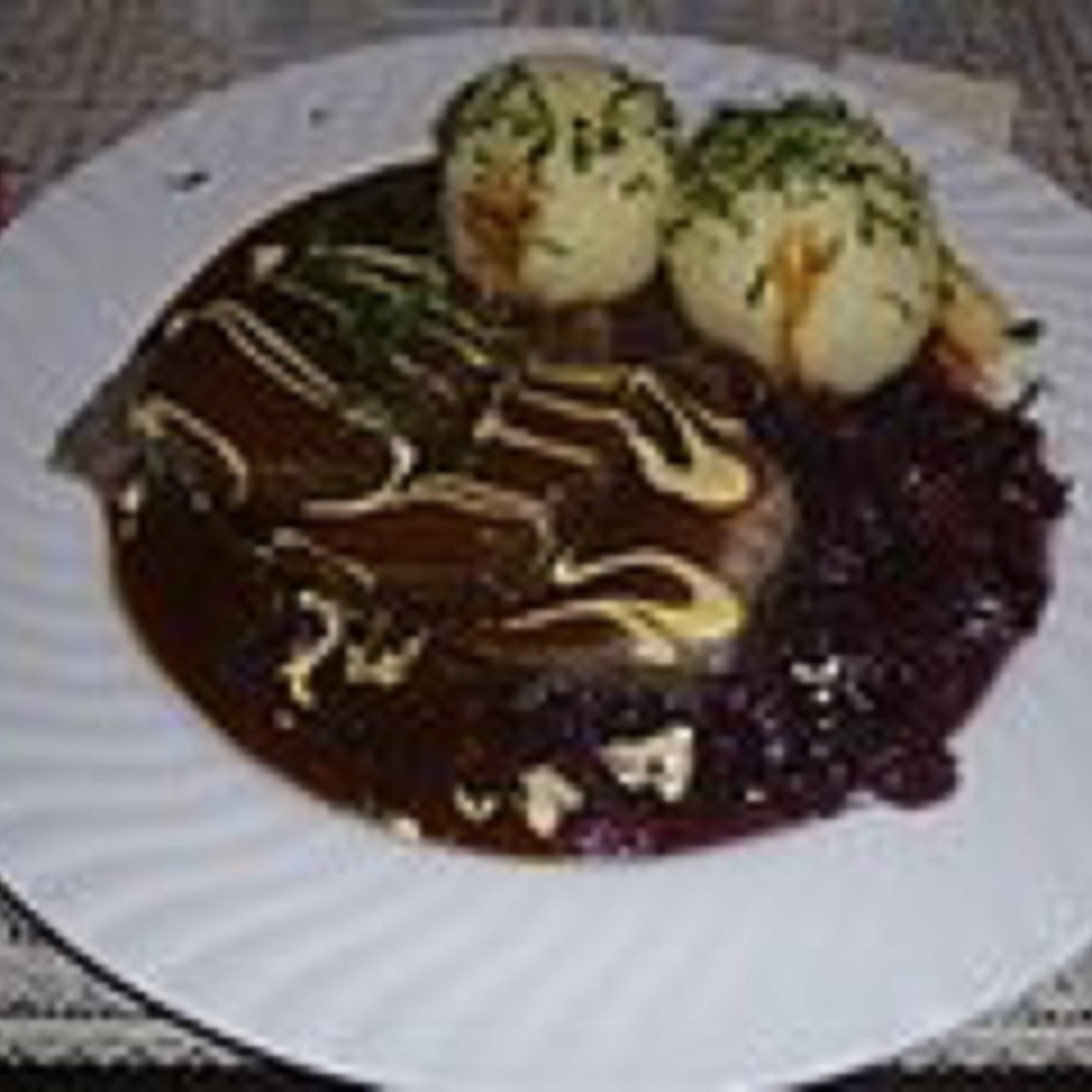

With a slotted spoon, transfer onions to slow cooker. Transfer roast to a slow cooker, fat-side up. Cover and refrigerate at least 12 hours or overnight, turning several times. Pour over roast, pushing bay leaves into liquid. In a small saucepan, place wine, vinegar, sugar, bay leaves, cloves, salt, pepper and thyme. Slash top layer of fat on roast in a crisscross pattern. So the next time you have that delicious sauerbraten, thank that nameless Germanic immigrant housewife who invented the GTM – gingersnap thickening method.Place half of the onion in a deep 2 1/2- to 3-quart bowl. Southern German cooking in Swabia and Bavaria use a thickened browne Bruhe or brown broth that’s served over Jaeger schnitzel. It’s the Germanic answer to the French Boeuf Bourguignon. The gingersnap method was so widely used that Good Housekeeping listed 15 gingersnaps as equal to one cup of roux flour.Īnd the origin of this German roux goes back even further to a dish from Flanders (the northern European area encompasing France, Belgium and Holland called Carbonnade a la Flamande. Other older German recipes call for schwartzbrot or black bread crumbles as thickening agent in sauerbraten.

Before commercial gingersnaps from Nabisco, they might use stale lebkucken or gingerbread around for the holidays or over the Winter, which is when these sweet and sour hearty meat recipes are served. Leave it to that pfennig pinching Hausfrau to come up with this. It would take a lot of cornstarch to do the same thickening that a few gingersnaps do very quickly. Not only is this a time saver, it’s also frugality. Even noted Louisiana Cajun chef, Paul Prudhomme, served a roast pork with gingersnap gravy at his restaurant, K-Paul’s. Lubchow’s in New York City, the longest running German restaurant in the Big Apple, used gingersnaps to thicken their sauerbraten. A recipe for sweet and sour cabbage soup does similarly. Also, very old local German recipes for mock turtle soup incorporate the little cookie as a thickening agent. I’ve found old recipes for sweet and sour beef tongue sauce that use this. Other recipes that pair vinegar and sweetness also incorporate the gingersnap thickening method. Great Grandma Muchorowski might have even used local Over-the-Rhine company, Streitman Biscuits’, gingersnaps in her Sunday Sauerbraten. In my family’s recipes this shows up in the sweet and sour sauce that is served with my great grandmother’s sauerbraten.

The cookies also bring a bit of cloves, ginger, and sweetness to create a tangy sauce. But the Germans skip all that flour browning and watching by just adding gingersnaps. Creole cooking in the South and particularly Louisiana, uses file, a mixture of ground leaves and spices taken from Native American cooking, to thicken their standard gumbos. The darker the roux, the less thickening power it has. It involves browning flour with butter or another fat to a dark golden color. In French cooking, a roux is the thickener. This particular shortcut is dropping in stale gingersnaps into a sauce, particularly a sweet and sour one, to act as a roux. The German Hausfrau has had a similar shortcut to thicken their sauces and soups since the antebellum period in immigrant America. It’s a similar time saving method that still allows for a home cooked meal. Who has three hours to make your own stock? My good friend Manolo, from Puerto Rico, makes his own sofrito ahead, which goes in rice and beans, and many other of his family dishes, and puts it in one-use portions in an ice cube tray, which I think is brilliant. They’d get beef bones, feet, maybe even beef heads from the local butcher, and boil them to extract the flavor for soups and sauces. And one perfect example of that shows up in my family’s German recipes.īefore boullion cubes, the Victorian era cook had to make their own beef stock. With German cooking, as with other things German, it’s all about efficiency. But its’ not as if German food is less flavorful, it’s just less fussy. To be a good French saucier, one has to have a deep level of knowledge about the complex French sauces. When you compare German cooking to French cooking, some may say at first glance that French cooking is more sophisticated.


 0 kommentar(er)
0 kommentar(er)
